Merlot may not be the most popular grape variety to talk about, but it is extremely popular in the ground. It is the second most planted grape variety in the world. According to the OIV, the International Organization of Vine and Wine, Merlot (657,300 acres) is only second to Cabernet Sauvignon (840.000) in terms of grape plantings. Merlot is popular in many countries. Its home, France, is responsible for two-thirds of the world’s plantings. Italy also grows a significant amount, with it being the fifth largest planting. Within the United States, Merlot is mostly found in California and Washington.
The first Merlot labeled wine was back in 1784. Known as Merlau, the wine hailed from the Libournais region of Bordeaux, France. By the 19th century, Merlot was found throughout the Right Bank. It crossed over into the United States almost a century later. It is thought that it was name after the diminutive “merle” meaning blackbird thanks to the color of the grape.
The Surname
Interestingly, (at least to me) the first mention of a surname of Merlot was found in Normandy. The family was given honors of the court in 1776 and again thirteen years later. Within a three year period beginning in 1809, three Merle’ family members gained their nobility. General Pierre-Hughes-Victor Merle was followed by Jean-François Merlet who was part of a counsel of theCenseil d’État. Finally in 1811 colonel Jean-Joseph Merle a recieved his nobility. The Norman surname was given to those who bore a fancied resemblance to a blackbird.
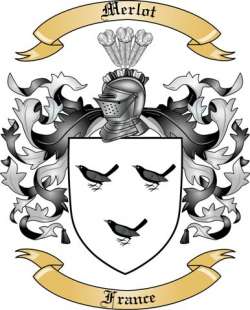
Characteristics
Sharing Cabernet Franc as a parent, Merlot is a sibling of both Cabernet Sauvignon and Carménère. It is a half sibling of Malbec thanks to the same mother, Magdeleine Noire des Charentes. Although dependent on the climate it is grown, Merlot has a significant amount of pyrazines. This is not a surprise considering its lineage. Pyrazines in the finished product are an acquired taste. Many say that it is the defining character of the variety, but it can also easily be overdone.
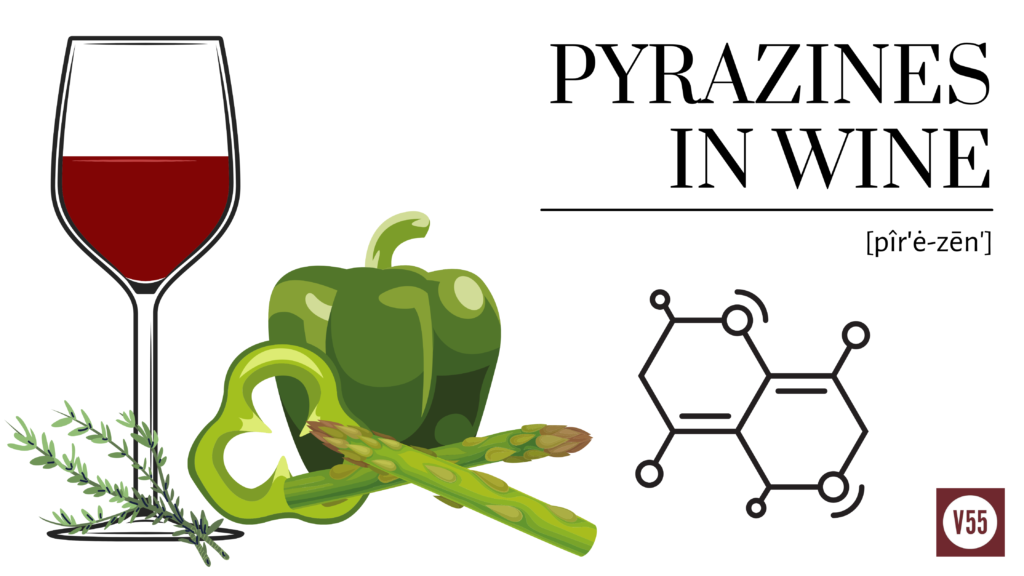
Pyrazines are mostly controlled within the vineyard. Since the compound is broken down through sunlight, the direction of the plantings to allow for more morning sun will allow for the compound to decompose. Additionally, having to much shade on the flowers during fruitset, over-watering and an uncontrolled canopy can lead to higher pyrazine levels.
Merlot’s characteristics are extremely dependent on where it is grown and what soils it is in. In warmer climates the flavors are more in the “sweeter flavors” such as raspberry and cherry. In cooler climates, merlot is more structured with a higher presence of tannins with earthy flavors like tobacco and tar.
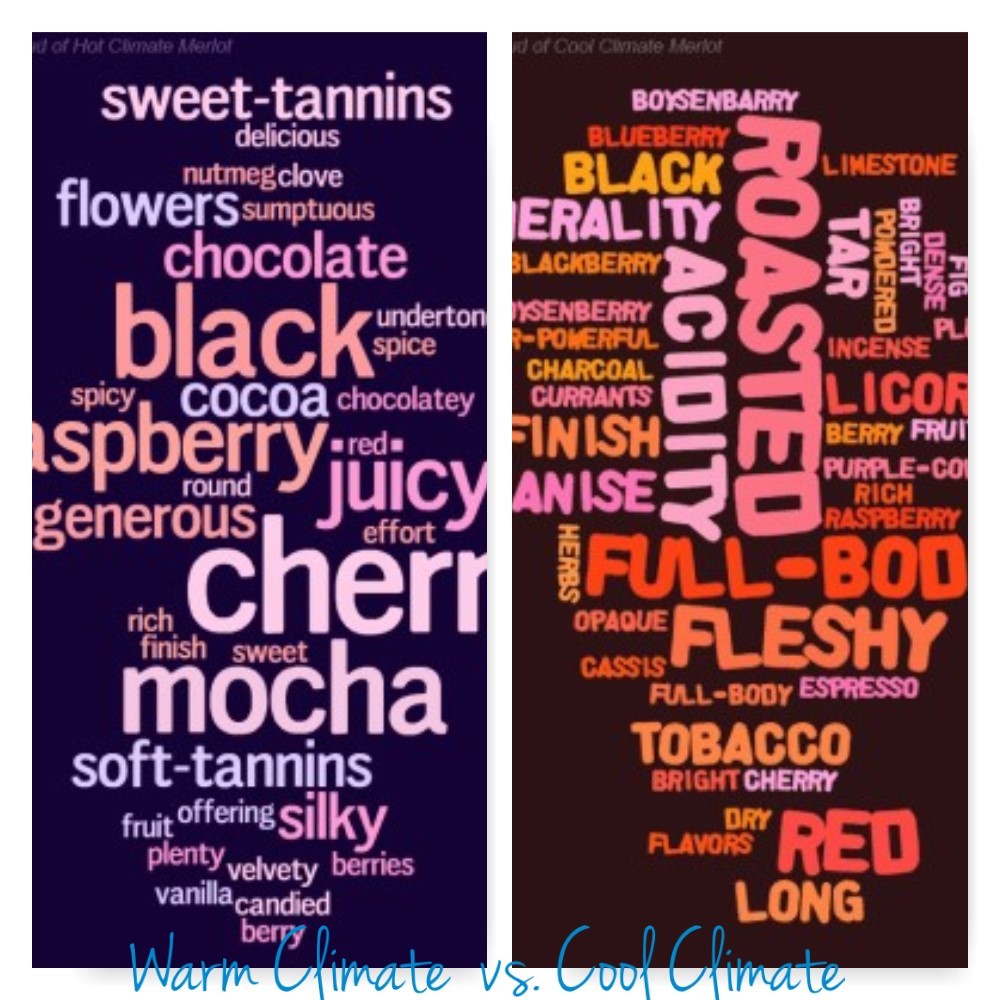
The Winery
L’Ecole No. 41 is a third generation family owned winery in Walla Walla, Washington. Founded in 1983, the winery is located in a historic Frenchtown School which is depicted on the label. Their goal is to produce wines that reflect the terroir in which the vines are grown. Both their estate vineyards, Ferguson and Seven Hills are certified sustainable and Salmon Safe.
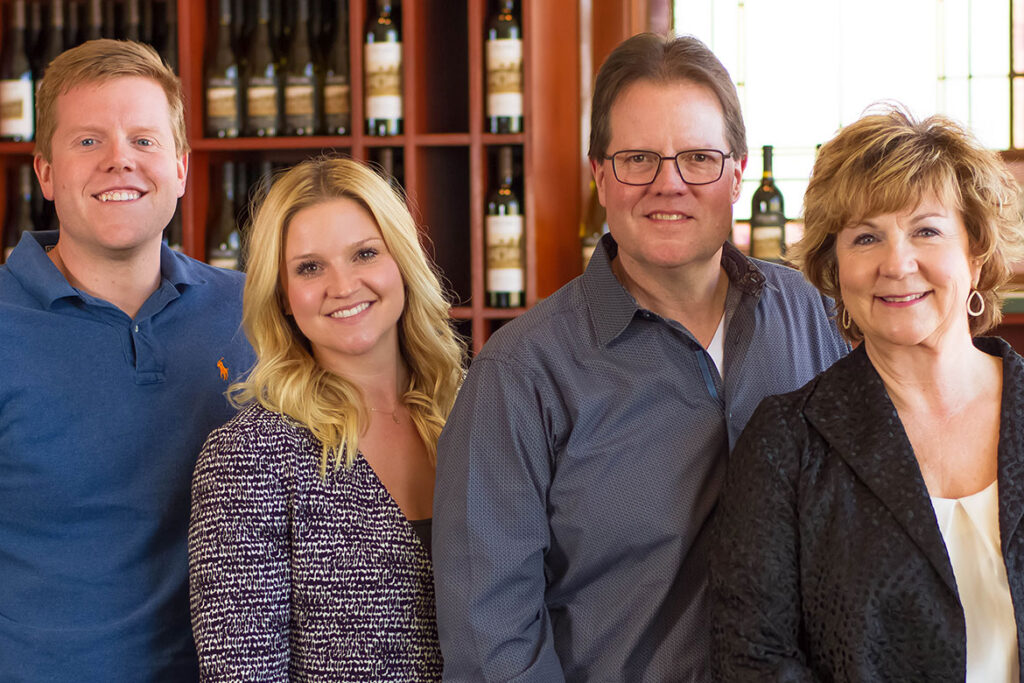
The vineyards whose soil was crated due to the glacial and volcanic soils are extremely free-draining and rich in minerals. The region boasts ideal temperatures including large diurnal shifts that allow for extended time on the vine. This is perfect for developing structure and maintaining acidity. The rain shadow effect thanks to both the Olympic and Cascade Mountains provide a mere 6-10 inches of rain, making it easier to maintain canopy control.
The Wine
Merlot is typically a medium to full bodied wine with medium acidity and medium to high tannins. Often an exceptionally fruit-driven wine with plum, black cherry and blueberry notes, I decided to make blueberry tartlets as my pairing. The 2020 L’Ecole No.41 Merlot was received as a media sample.
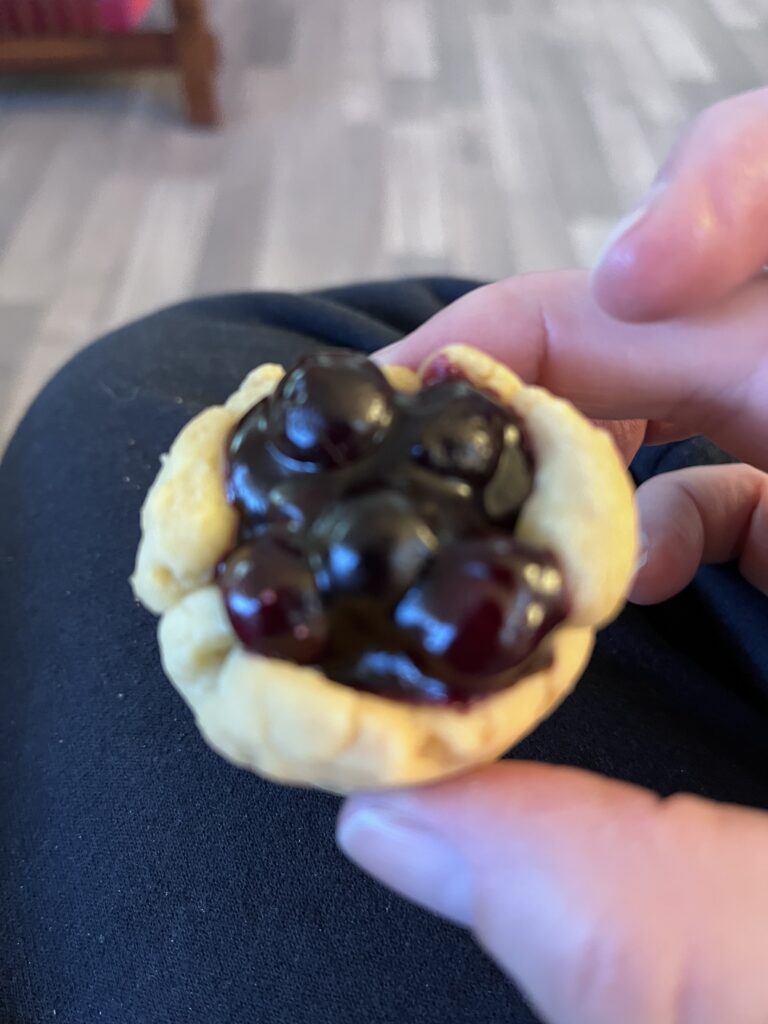
Initially, the wine was not an ideal pairing, as the wine was more into the darker fruit characteristics such as black cherry and fig. However as the wine warmed up, the flavors changed and the blueberry became an exceptional match for the wine. The tartlets had just a hint of sweetness which played nicely with the well integrated tannins.
Blueberry Tarts
INGREDIENTS
Tarts:
~1/2 cup unsalted butter, softened
~1 egg yolk, room temperature
~1/4 cup water
~1 tsp. vanilla extract
~1 cup all purpose flour
~1 tsp. sugar
~1/2 tsp. salt
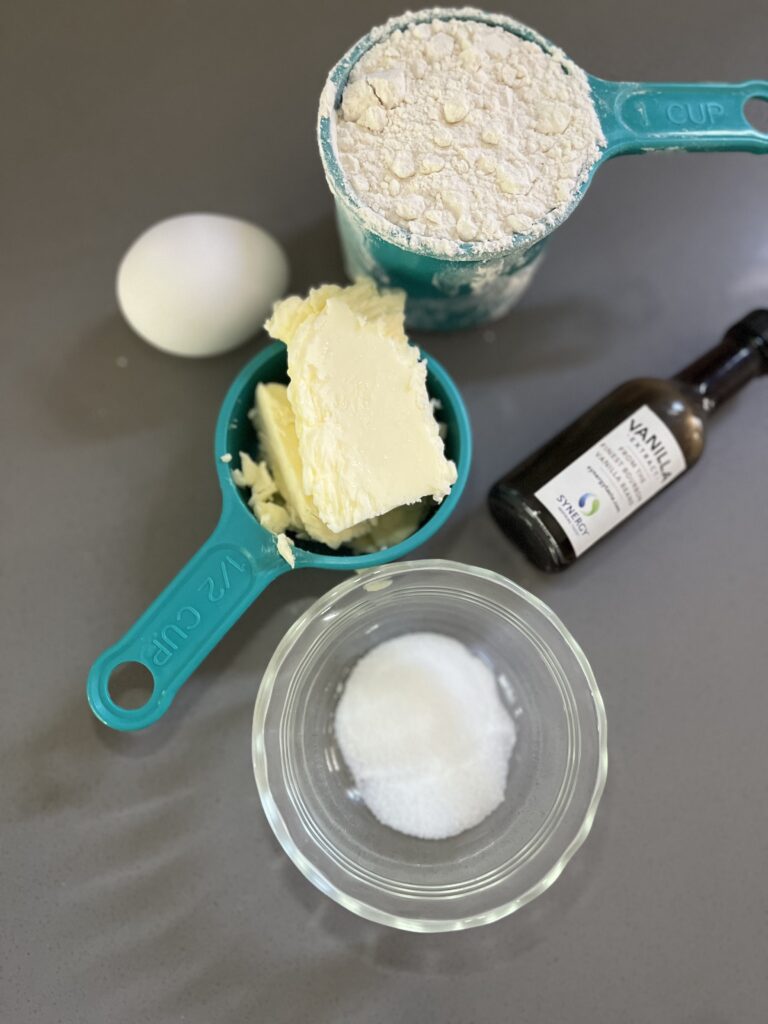
Filling:
~ 3 cups fresh blueberries
~ ½ cup sugar
~ 2 tbsp cornstarch
~ 2 tbsp water
~ 1/8 tsp salt
~ 2 tbsp lemon juice
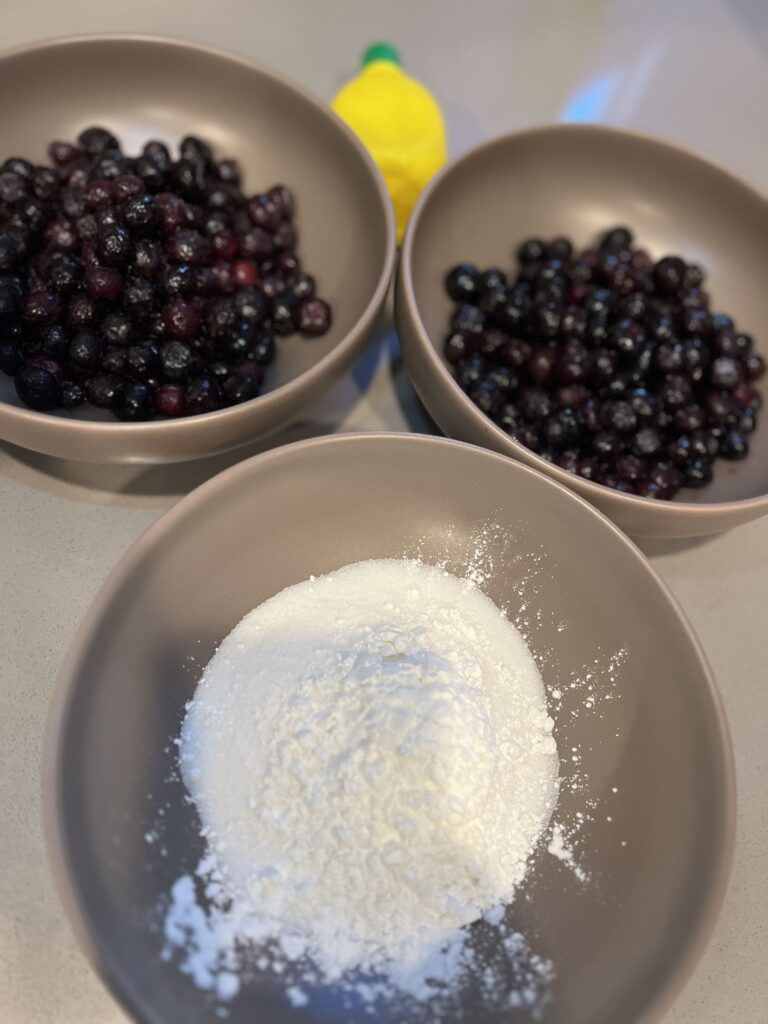
TARTLET INSTRUCTIONS
1~ Mix the butter with the sugar and salt. Using a spatula, stir to mix. Add the egg yolk and vanilla extract and continue to mix. Add flour and mix. Slowly add water until it becomes a dough. Cover with saran wrap and chill in the fridge for 30 minutes
2~ Remove from refrigerator and pull a piece of dough off and roll into about a 3 inch circle. Push down so that it hugs the mini muffin shape. Using a fork, prick the base. Repeat the same with the rest of the dough.
3~ Place on a baking tray. Place them in the freezer for 10 minutes.
4~ Bake in a preheated oven at 350ºF for 20 minutes. Remove from the oven and leave to cool completely.
1~ Pour half the blueberries into a small pan. Heat on low stirring.
2~ Add sugar, salt and lemon juice. Stir to mixed, Remain heating until the blueberries release their juice. 3~ Mix the cornstarch and water and add to the blueberry mixture. Stir until it starts to simmer. Remove from heat and let cool. Will thicken as it cools.
COMBINE
1~ Scoop blueberry mixture into each of the cups.
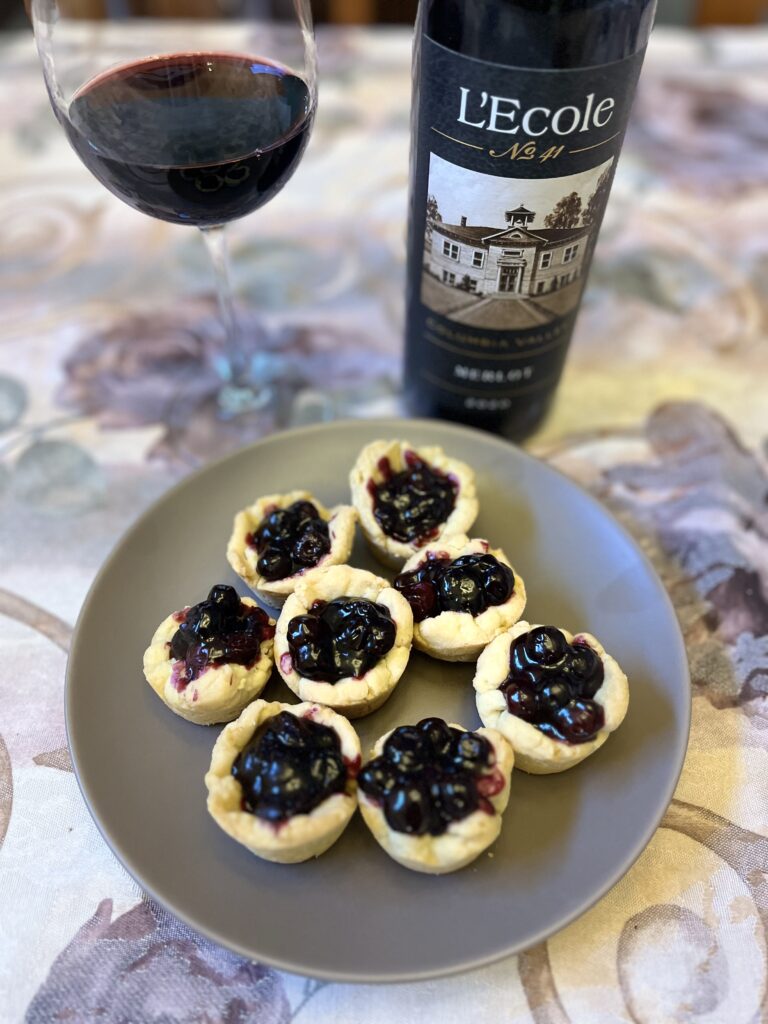
You can join the fun
Do you think you might want to join us? Do you have some wine education to throw down?
Here’s how you can join in.
- Saturday, October 14th, join us on X at 8 am Pacific Time (11 am Eastern). Join the conversation and answer the questions using the hashtag #WinePW.
- Then read and comment on the other writers’ posts and share on social media!
- Make sure to come back and include the final HTML to your post, when everyone’s links are live. If you don’t have a blog, no problem, join in the conversation anyway!
- * You are welcome to tie in a winery and use samples for your piece, just be sure to disclose that!
~Slàinte!
I invite you to follow me on Instagram, Twitter, Facebook and Youtube for all things wine. I’ll never tell you what to drink, but I’ll always share what’s in my glass.
Try the 90+ rated and multiple Double Gold medal winning wines of Dracaena Wines and get a 10% discount off your first order. Click the banner below and use code “Explore” at checkout. 

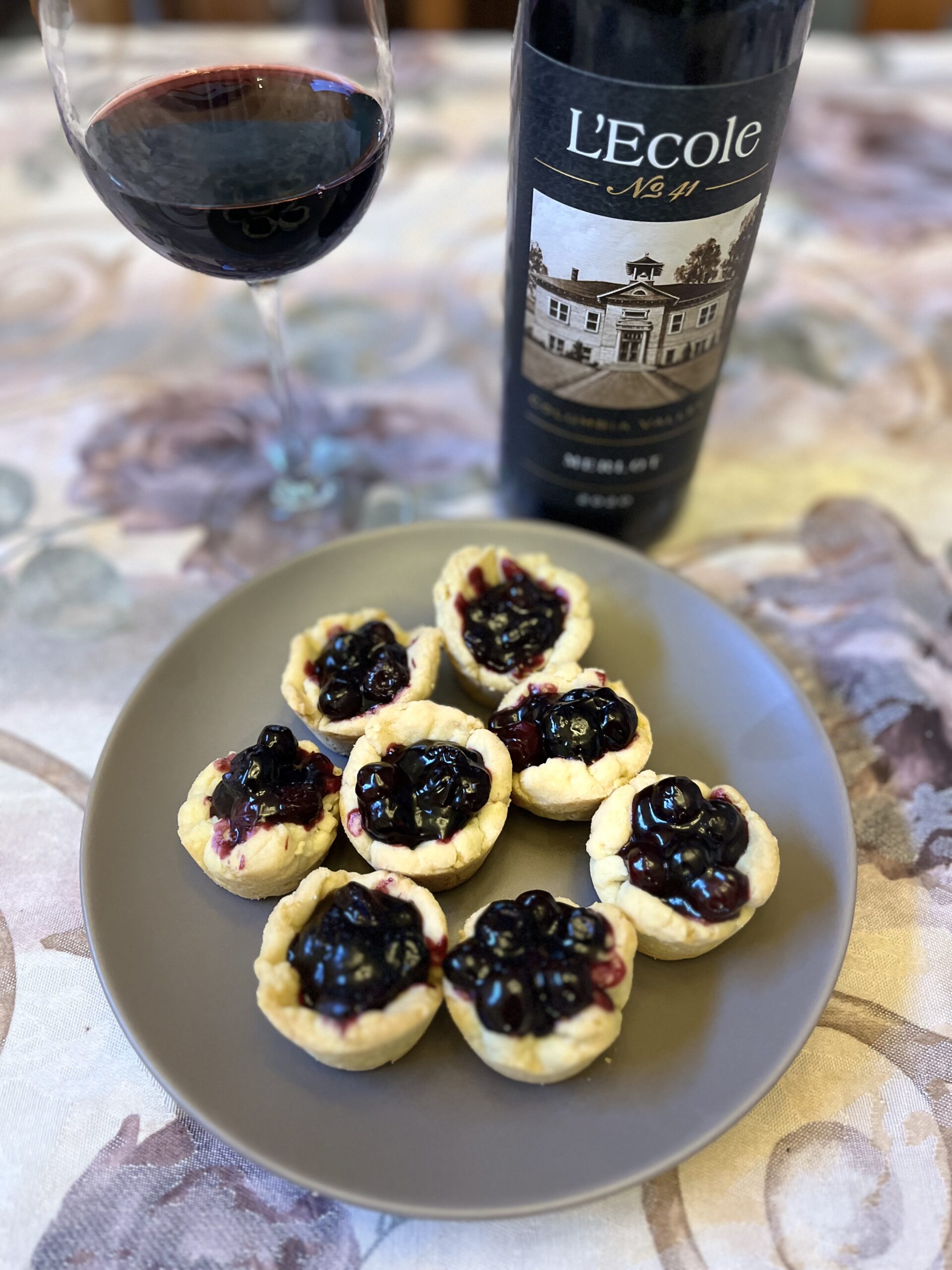
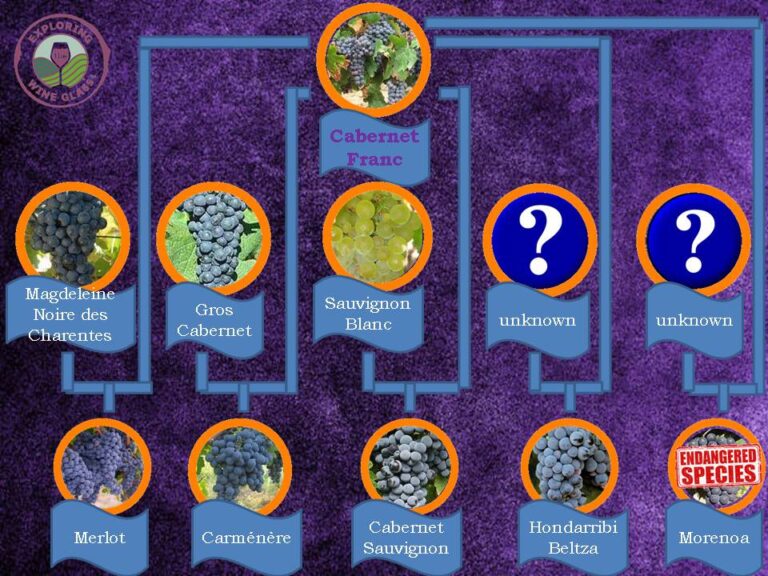
Blueberry and the L’Ecole Merlot is a great match!
they were yummy!
The tarts are adorable and are making my mouth water. I’m sure the pairing was lovely.
they are cute aren’t they?
Such a great explanation of differences in growing conditions for Merlot. Blueberry tartlets are a brave pairing for this wine, but you pulled it off!
I was nervous at the start, but it did come together as the wine came into its own at the right temp!